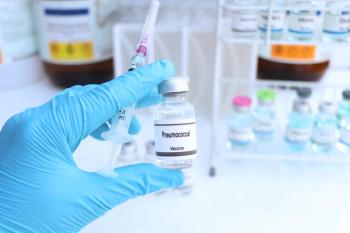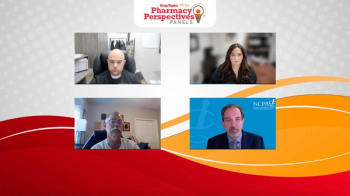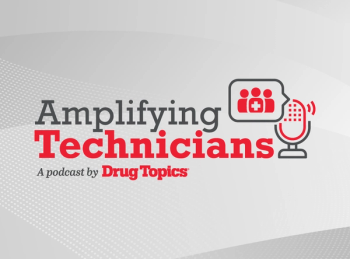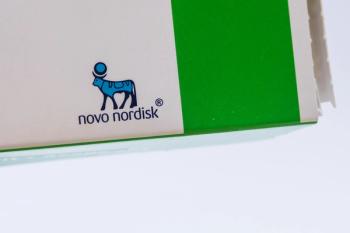
Why Does the Varicella Zoster Virus Reactivate as Shingles?
Vaccination is first line of defense.
The varicella zoster virus (VZV) is 1 of 8 herpes viruses that infect humans. Like the others, it establishes a latent infection that can reactivate in the body. What makes VZV unique in the herpes family is how often it reactivates.
“Unlike the other herpes viruses, this virus generally reactivates only once in a lifetime to cause shingles,” explained Jeffrey Cohen, MD, Chief of the Laboratory of Infectious Diseases at the National Institute of Allergy and Infectious Diseases. “It’s actually the most stable of the herpes viruses, meaning that it changes its sequence and evolves much slower than the other herpes viruses.”
The primary VZV infection causes varicella (chickenpox), which spreads through the bloodstream and infects the skin and oftentimes internal organs as well. Once the illness resolves, the virus enters a dormant stage in the dorsal root ganglia alongside the spine. Approximately half of all individuals who’ve been infected with VZV and live to the age of 80 will experience an episode of reactivation as herpes zoster (shingles).
Once infected with VZV, the person develops antibody as well as cellular immunity to the virus. Cellular immunity, or T cell response, is thought to control the reemergence of the virus later in life. When it reactivates as shingles in healthy people, it spreads from the ganglia along the nerves to the skin. The resulting
The primary factors that impact a person’s cellular immunity are age and medical conditions or medications that suppress the immune system. Post-pregnancy and menopausal hormonal fluctuations in
“Over time, your antibody levels - and particularly your cellular immunity - can decline,” said Cohen. “It hasn’t seen the virus in a long time unless you get the shingles vaccine, which resets the clock.”
The impact of VZV on the general population has been greatly reduced over the last generation by the introduction of highly effective varicella and
Cohen noted that the shingles vaccine also protects against another major concern:
Cohen said that with the success of the varicella vaccine, many people may have never seen a case of the disease and therefore may not be concerned about varicella or zoster. They may erroneously believe that they do not need these vaccines. “When the vaccines are 90% plus effective, we’re sort of a victim of our own success here,” he concluded.
Newsletter
Pharmacy practice is always changing. Stay ahead of the curve with the Drug Topics newsletter and get the latest drug information, industry trends, and patient care tips.






































































































































